Who would you trust with your life in a zombie apocalypse? Think carefully about the answer, because it's probably the most important question you'll face if such an event ever occurs. Oh sure, there are questions of pure survival: how to avoid getting bitten, how to make sure you have enough food and medicine, how to protect what you have. But deciding who to trust is by far the biggest question of all. And it's a question that The Last of Us is really, at its core, all about.
Joel trusts Ellie, Ellie trusts Joel, and that basic relationship between those protagonists defines the game. But it doesn't start out that way. At first Ellie is just cargo, yet another smuggling job for Joel to take on to earn those basic resources that are increasingly hard to satisfy 20 years after a zombie infection has decimated the world's population. It's not an extremely natural pairing, either: he's a gruff, old, tough-as-nails survivor who absolutely refuses to deal with the obvious trauma of a loss he suffered decades earlier. She's a remarkably resilient, bright, self-reliant 14-year-old who has never known a world that wasn't defined by the response to an overwhelming zombie threat.
But they stick to each other because there really isn't much else to stick to. While the zombies are the extant threat in the world of The Last of Us, the way the humans have responded to that threat really defines the bulk of this world. The major cities have been turned into authoritarian quarantine zones where the military shoots on sight for an infraction as small as being out past curfew. The areas outside those zones are even worse, characterized by rubble-lined streets and buildings, roving packs of bandits serving as the de facto authority figures, and the ever-present threat of the infected. Underscoring it all are the Fireflies, a shadowy and elusive revolutionary group trying to restore America to the rule of law that existed before the outbreak. This is the group that Ellie and Joel are both desperately trying to find.
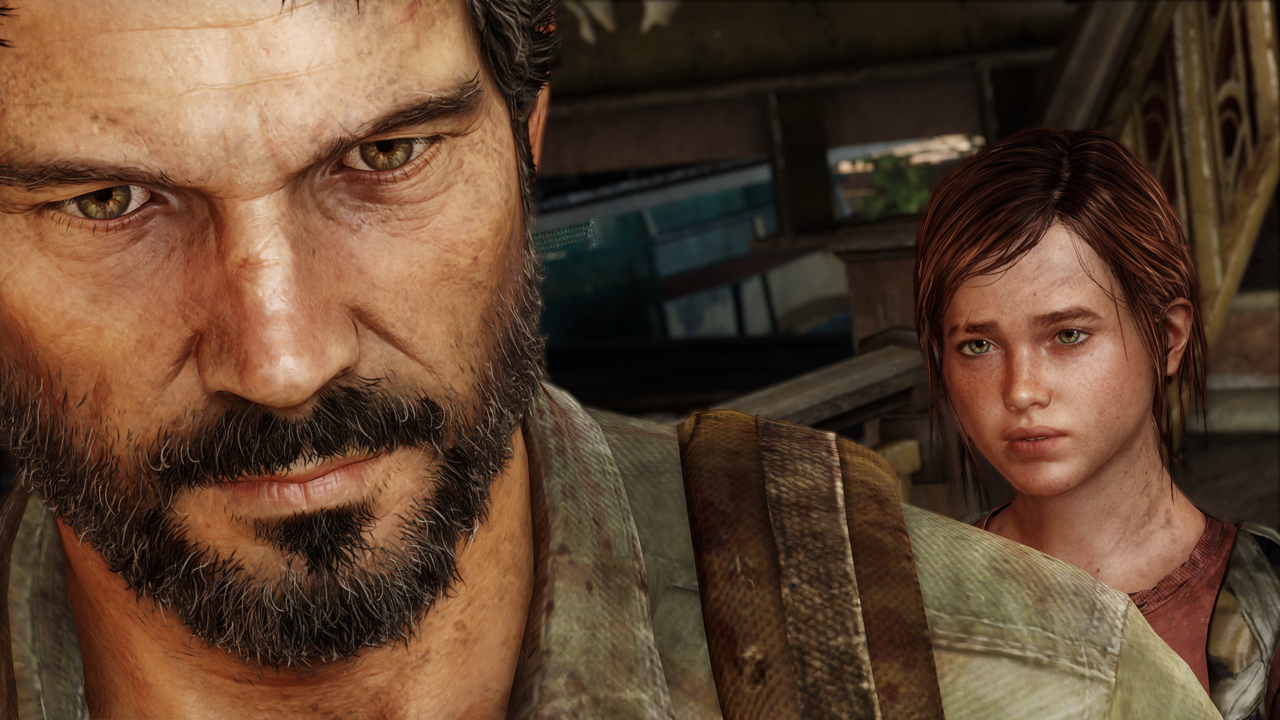
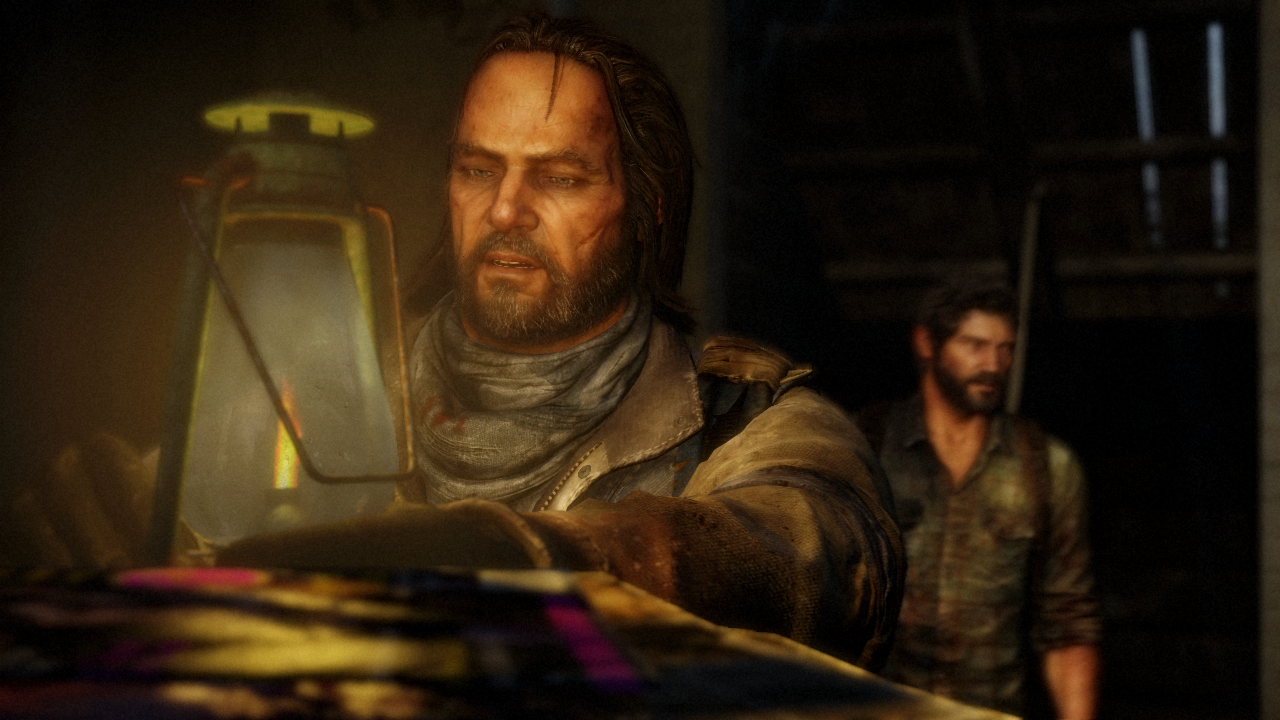
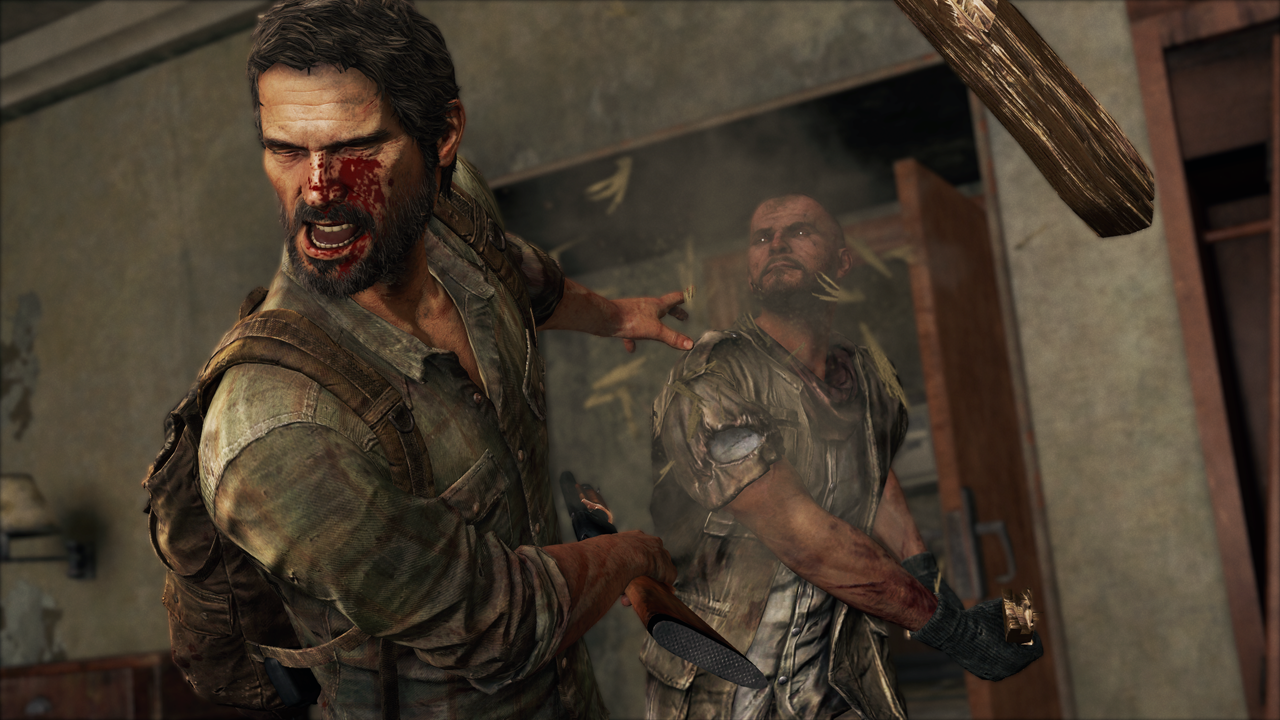
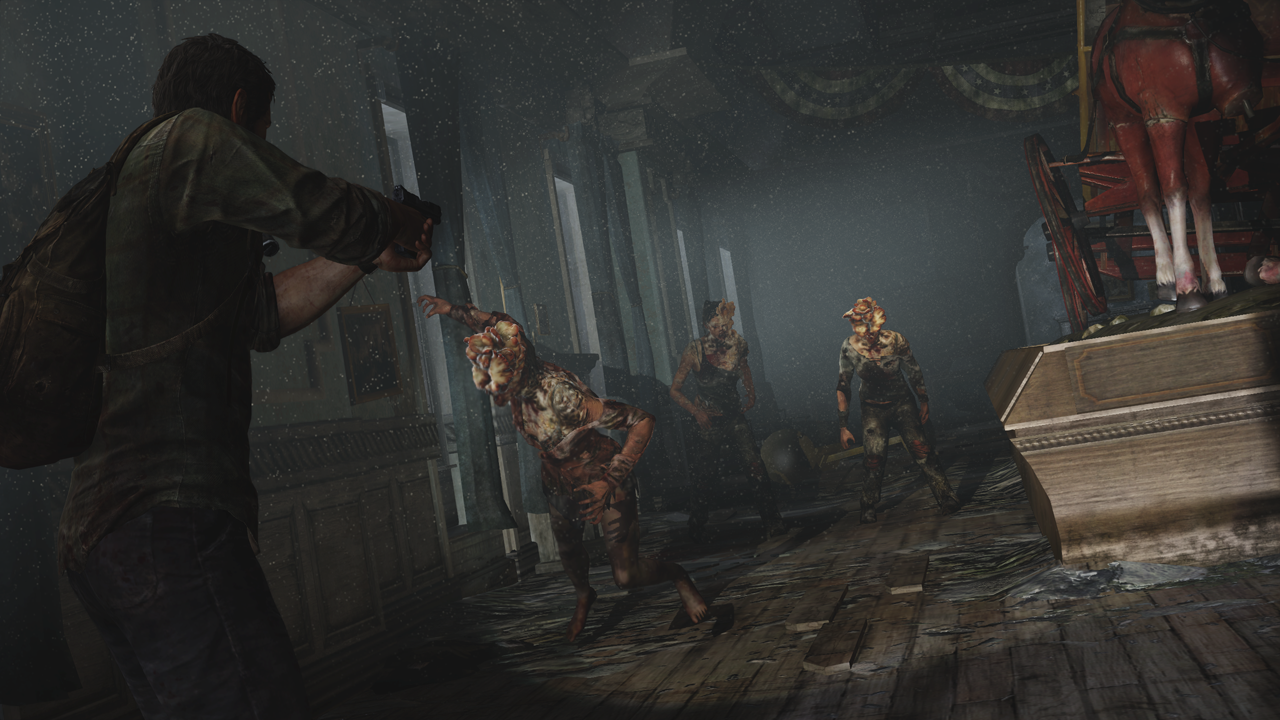
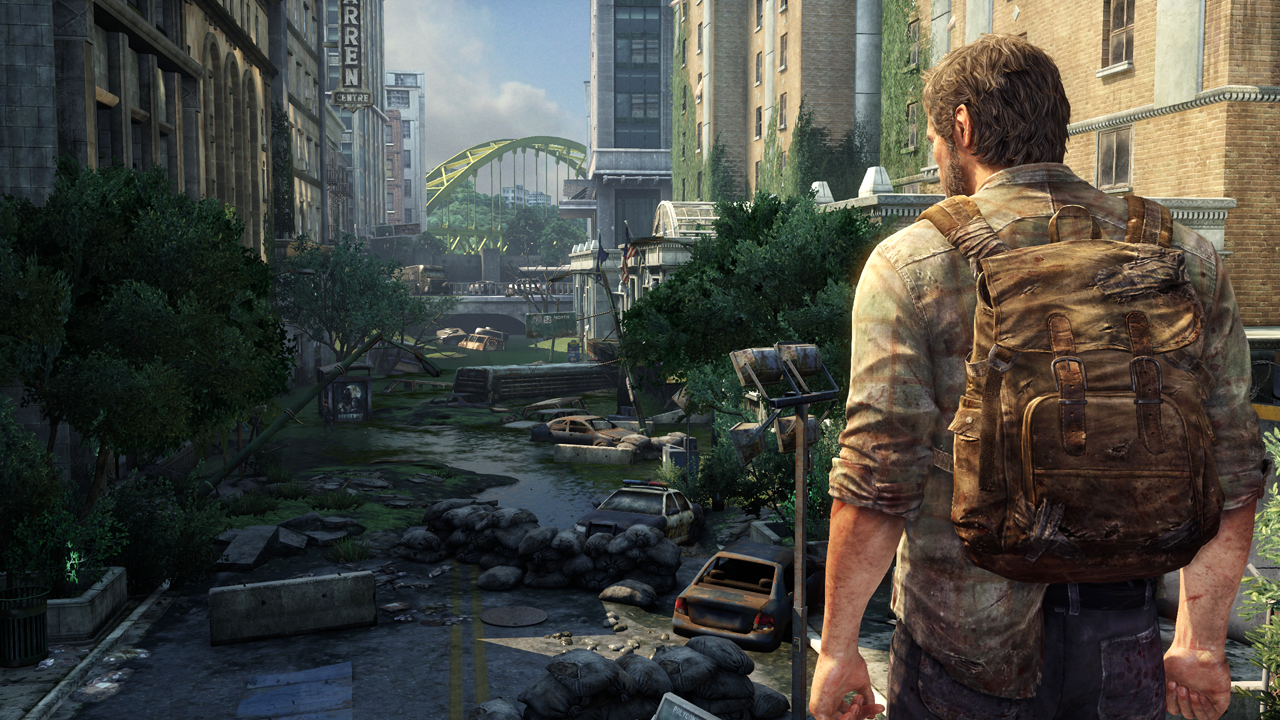
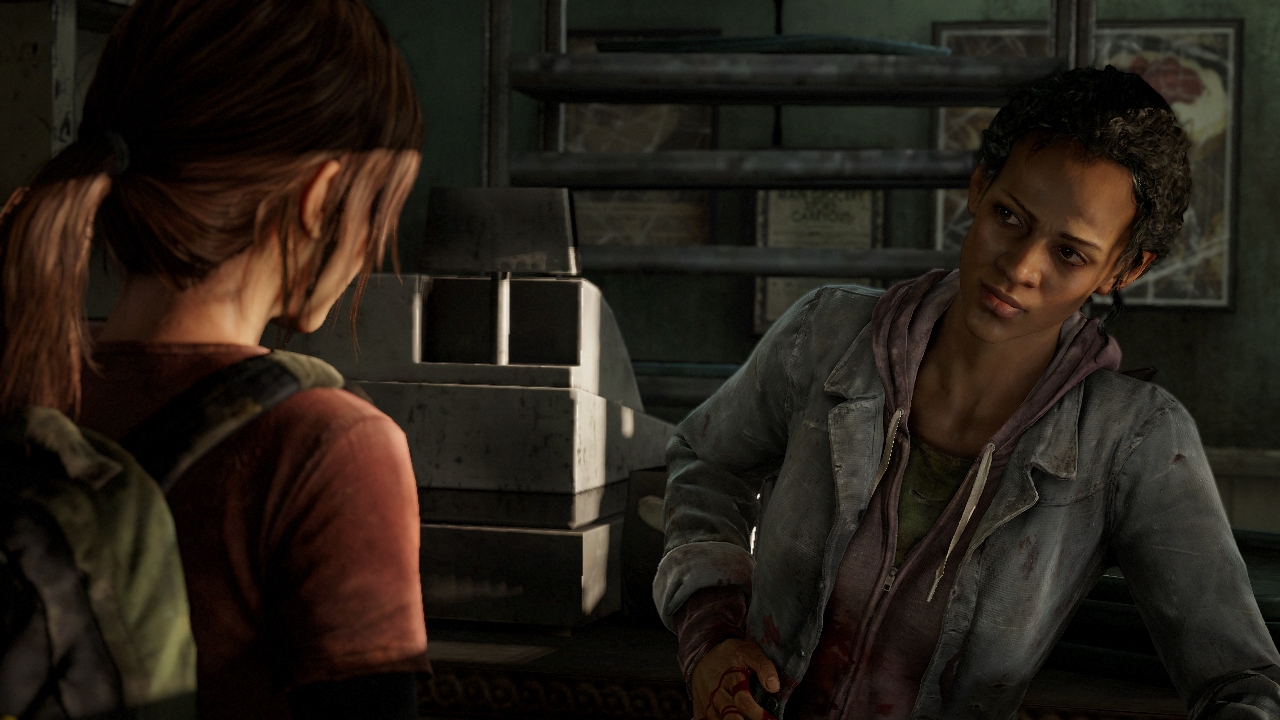
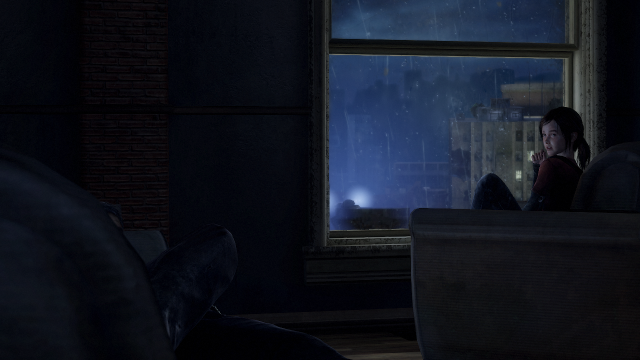
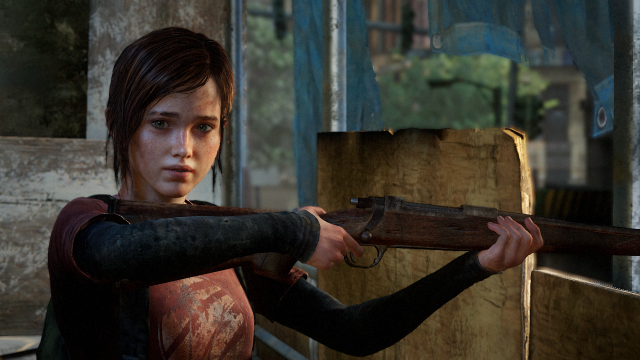
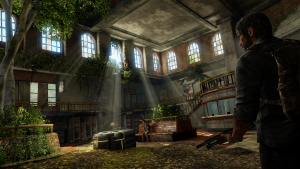
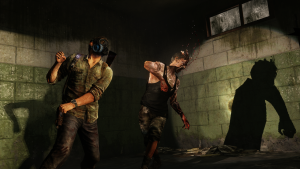
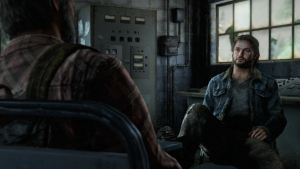
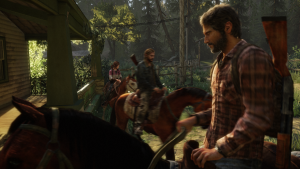
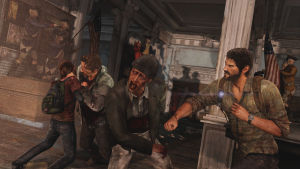
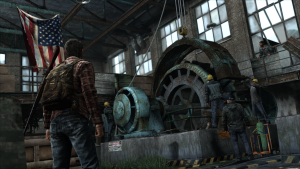
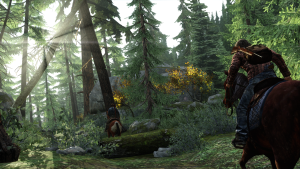
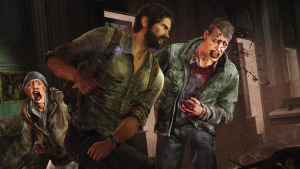
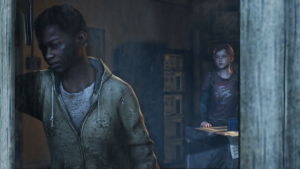
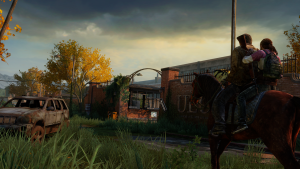
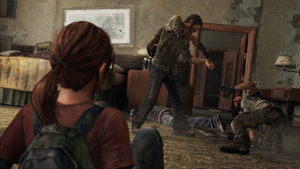
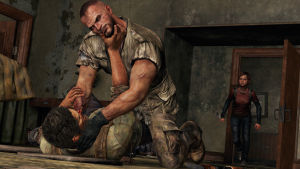
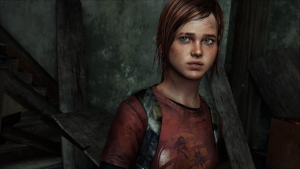
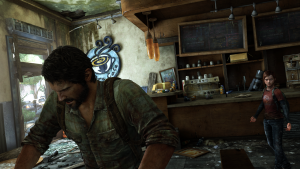
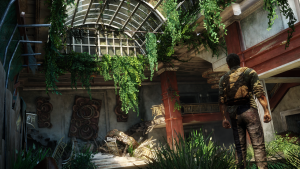

 Loading comments...
Loading comments...
